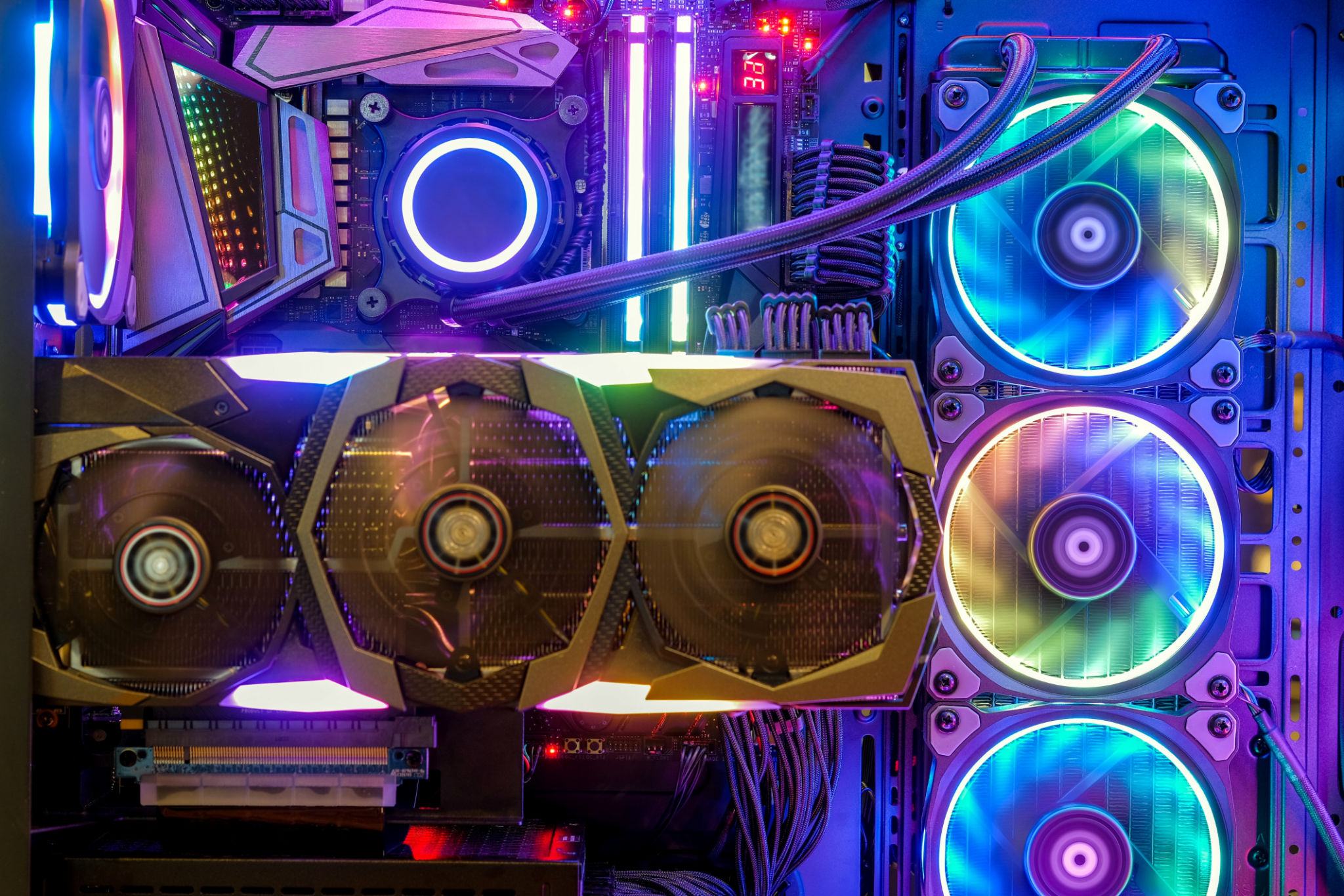Why Magnets Are Essential in Modern Computer Design
The Role of Magnets in Modern Computer Technology
In the realm of modern computer design, magnets play an indispensable role. These small yet powerful components are integral to the functioning of various computer parts, impacting everything from data storage to power management. As technology continues to evolve, the importance of magnets in computer systems keeps growing, making them essential in both personal and industrial computing applications.

Data Storage Revolutionized
One of the primary uses of magnets in computers is within hard disk drives (HDDs). HDDs rely on magnetic storage to read and write data. The disks inside the drive are coated with a magnetic material that allows data to be stored in binary form. When the drive needs to retrieve or store information, an actuator arm moves a read/write head over the spinning disk, altering the magnetic fields to represent data.
This process has revolutionized data storage by providing an efficient means of managing large amounts of information. Although solid-state drives (SSDs) have gained popularity for their speed, HDDs remain a cost-effective solution for vast storage needs, underscoring the ongoing relevance of magnetic technology.
Enhancing Power Efficiency
Magnets also contribute significantly to power efficiency in computers. They are used in power supplies and cooling fans, which are critical components for maintaining optimal performance and longevity. Brushless DC motors, commonly found in computer fans, use magnets to create motion, reducing friction and wear while improving energy efficiency.

The integration of magnets in these systems ensures that computers can operate for extended periods without overheating or consuming excessive power. This not only enhances the device's lifespan but also supports sustainable energy usage in tech infrastructure.
Facilitating Innovative Design
Apart from functionality, magnets enable innovative design solutions in modern computers. For example, many laptop covers and cases employ magnetic closures to provide a sleek and secure design. This approach not only adds aesthetic value but also simplifies user interaction and device protection.
Additionally, magnets support modular system designs, allowing users to easily attach or detach peripherals and components. This flexibility is particularly beneficial in custom-built PCs and workstations, where adaptability is key to meeting specific user needs.

Future Prospects and Developments
As technology advances, the role of magnets in computer design is set to expand further. Emerging technologies such as Magnetoresistive Random Access Memory (MRAM) are already showing promise for faster and more durable memory solutions. Unlike traditional RAM, MRAM uses magnetic states rather than electrical charges to store data, potentially offering higher speeds and lower power consumption.
Moreover, research into quantum computing may open new frontiers for magnetic applications. Quantum computers leverage quantum bits or qubits, which can be influenced by magnetic fields to perform complex calculations at unprecedented speeds.
Conclusion: Magnets as Unseen Heroes
In conclusion, magnets are the unseen heroes of modern computer design, enabling everything from basic data storage to cutting-edge technological advancements. Their versatility and efficiency make them indispensable components in today's computing landscape.
As we look towards the future, it is clear that magnets will continue to play a crucial role in shaping the capabilities and possibilities of computer technology. Whether through enhancing existing systems or paving the way for new innovations, their impact is profound and enduring.